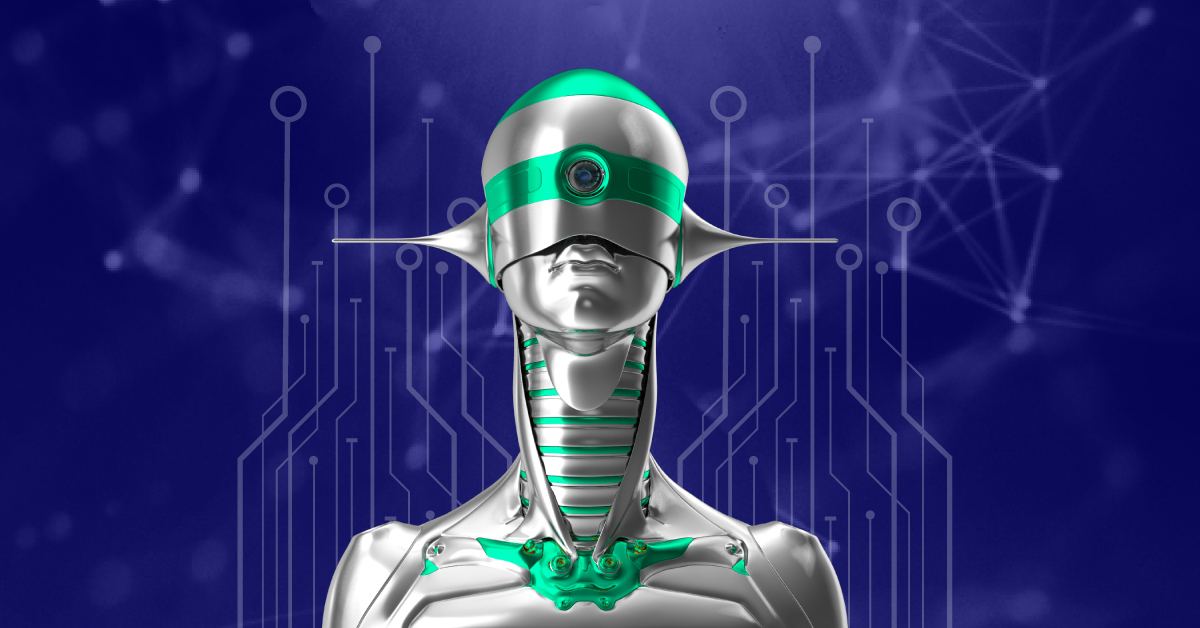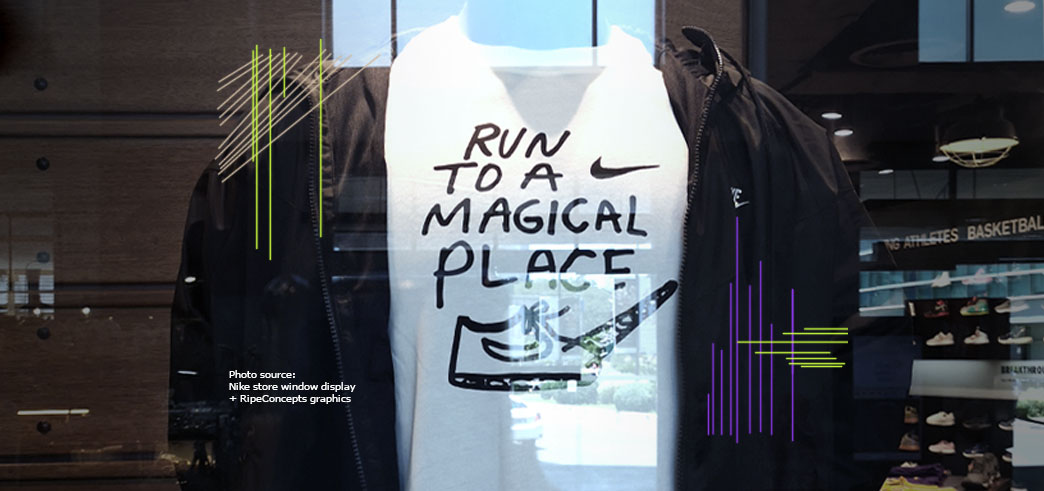Introduction to AI in 3D Modeling and Rendering
by Regina Manulid • August 11, 2023
In recent years, Artificial Intelligence (AI) has made colossal strides in many industries, and that includes 3D modeling and 3D rendering. This technology has supercharged the creative process, allowing designers and creators to realize their ideas in new and innovative ways. Unfamiliar with how it’s all done? In that case, let this blog be your overview of how AI is revolutionizing the 3D space. We’ll explore how 3D modeling and rendering have applied AI, learn about some tools and software that integrate this technology, and find out potential applications and how it’s already being used in different industries.
How AI is Used in 3D Modeling and Rendering
In the realm of 3D modeling and 3D rendering, AI algorithms are being used to greatly improve accuracy, efficiency, and speed. So far, these algorithms can generate realistic 3D models from understanding patterns and analyzing complex data sets. By training AI models on vast amounts of data, designers can achieve better object and scene recognition, texture mapping, lighting simulations, and realistic rendering.
Generative modeling is one way that 3D modeling and rendering use AI. This technique allows AI algorithms to autonomously create 3D models based on given parameters or reference images. It saves time and effort by automatically generating different versions of a design, illustrating possibilities that may not have come up in the initial design process.
Additionally, AI plays a significant role in automating repetitive tasks such as 3D mesh optimization, texture synthesis, and lighting adjustments. This allows artists to focus their time and creativity on other aspects of the design process, leading to improved productivity and innovation.
Tools and Software Commonly Used
Several tools and software have emerged to support the integration of AI in 3D modeling and rendering. Some popular ones include:
- Blender: an open-source 3D modeling and rendering software that provides AI-driven features such as denoising and texture generation.
- Autodesk Maya: widely used in the animation and visual effects industry, Maya has integrated AI tools for fluid simulations and character rigging.
- Unity: a game development platform that offers AI plugins enabling real-time rendering, procedural generation, and animation.
These tools offer intelligent features that empower artists and designers to create stunning 3D models and renderings with greater ease and efficiency.
Industries and Companies Using AI in 3D Modeling and Rendering
Several industries have embraced the power of AI in 3D modeling and rendering. Here are some notable examples:
- Architecture and Construction: AI algorithms can simulate and visualize architectural designs, allowing architects and engineers to assess building performance, test different materials, and optimize energy efficiency.
- Entertainment and Gaming: AI-driven animation and rendering have significantly enhanced realism and immersion in movies, TV shows, and video games. The ability to quickly generate high-quality graphics has revolutionized the visual effects industry.
- Product Design and Manufacturing: AI-powered generative modeling enables designers to rapidly create multiple product prototypes, reducing development time and costs. Users of this technology include Toyota, who revealed a new generative AI technique to aid their engineers in the early stages of vehicle design.
- Medical and Healthcare: In this field, AI is being used to create accurate 3D models of patient anatomy to support surgical planning and simulation. This technology has the potential to improve patient outcomes and reduce risks.
Potential Applications and Benefits in Different Industries
The possibilities and potential applications of AI-assisted 3D modeling and rendering are extensive. For example, real estate companies can use AI-generated virtual tours to showcase properties. This can help give a better understanding of the space to potential buyers. In the advertising industry, agencies can use AI to create lifelike 3D models for product visualization and virtual campaigns. Likewise in the fashion industry, designers can create virtual prototypes of clothing and test different cuts and fabrics. They can then visualize how the garment will behave before actually producing it.
With AI, industries can achieve greater efficiency, savings, and innovation. From faster design processes to more immersive customer experiences, the benefits can be substantial.
The Need for Human Expertise
Because of AI, there have been undoubtedly incredible advancements to 3D modeling and rendering. Still, it’s important to acknowledge that it does not replace the creativity and skill of a seasoned 3D modeler. AI is simply a tool that complements and enhances the artistic process. Through AI, designers can explore new ideas and work faster and more efficiently. It is the user’s expertise and artistic vision combined with AI’s capabilities that can produce truly exceptional results.
At RipeConcepts, we pride ourselves on having a highly skilled 3D team that has mastered the marriage of AI and their own creative expertise. Understanding the nuances and intricacies involved in 3D modeling and rendering, RipeConcepts ensures that clients receive top-quality designs and renderings.
In conclusion, AI has revolutionized the world of 3D modeling and rendering. Its integration has brought about improved efficiency, accuracy, and creative possibilities. However, human intervention should still play a factor when using this technology. By taking advantage of AI’s potential, any industry can benefit from faster design iterations, improved visualizations, and more informed decision-making.

3d-modeling, 3d-rendering, Ai, Artificial-intelligence



